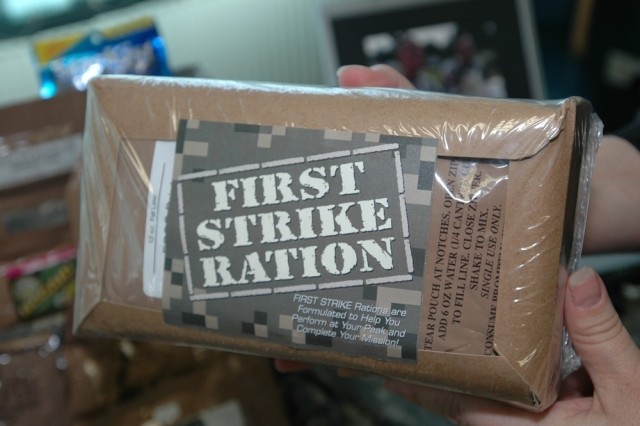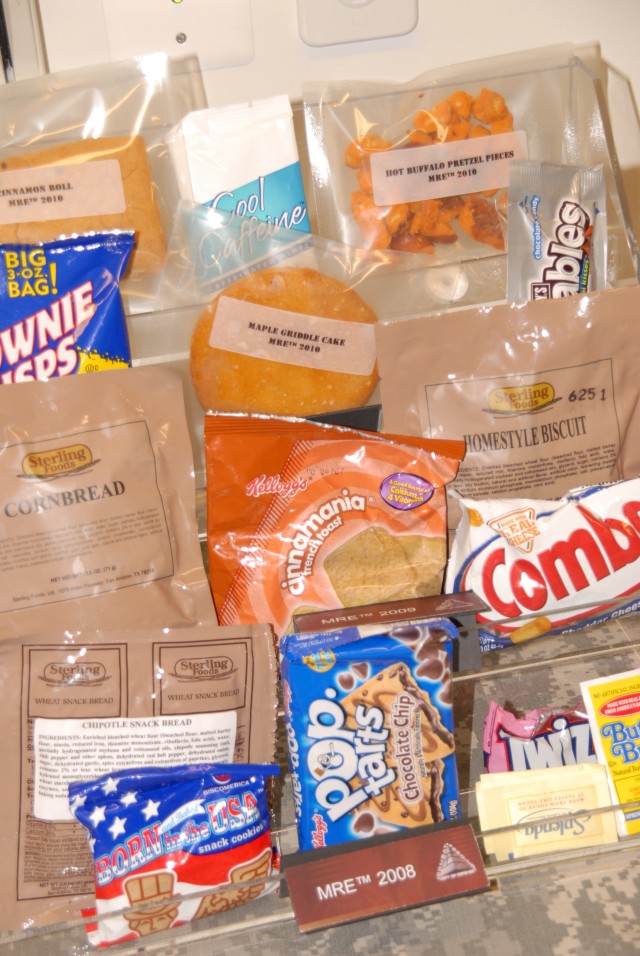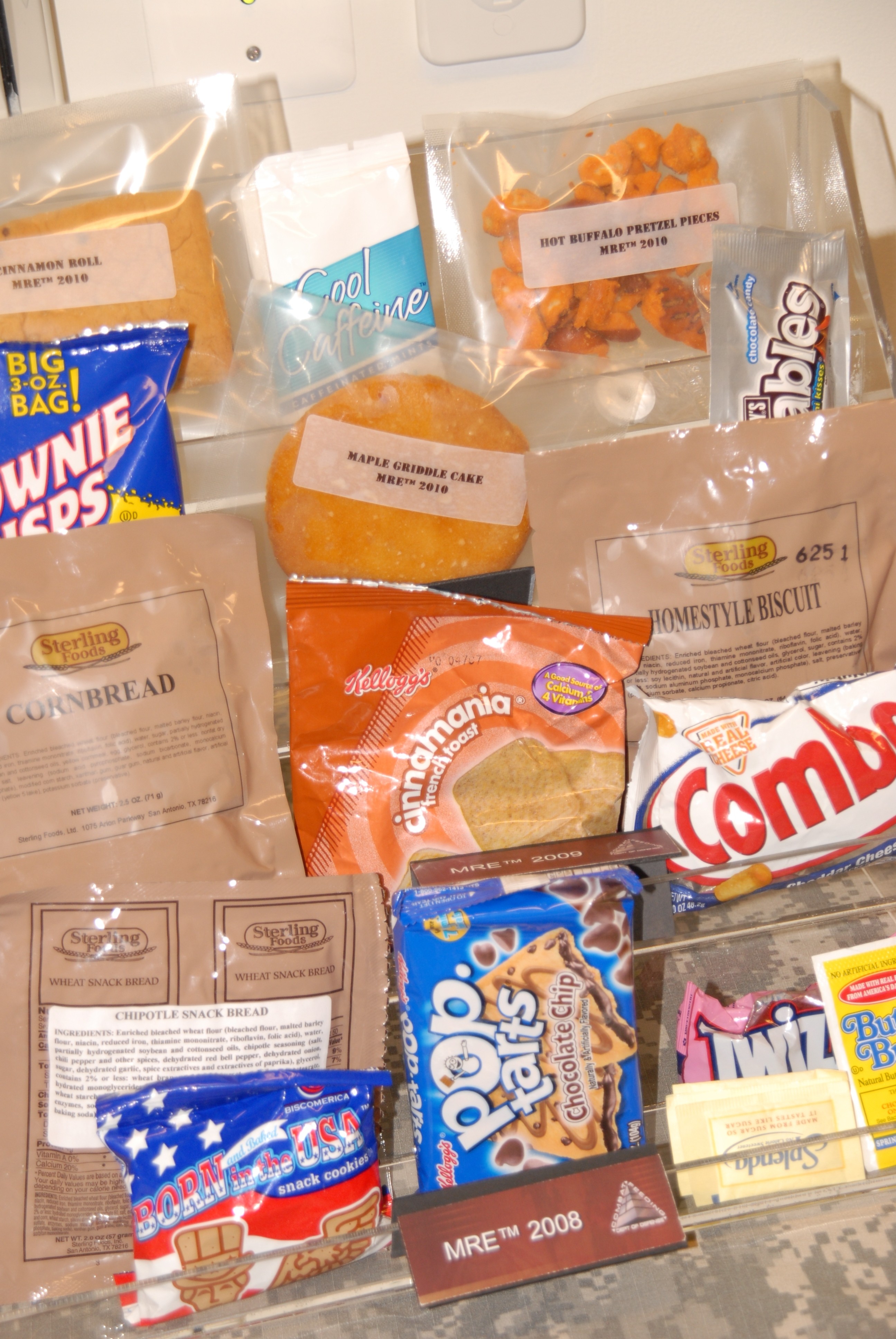NATICK, Mass. (Army News Service, Aug. 1, 2008) - Soldiers from the 10th Mountain Division at Fort Drum, N.Y., recently visited the U.S. Army Soldier Systems Center here to receive briefings on the latest developments in food, clothing, aerial delivery, shelters and individual equipment, and provide feedback to developers.
After a brief overview of the SSC, topics that were presented and opened a lot of discussion included handwear, eyewear, footwear, loadcarriage, the Army Combat Uniform and the extended cold-weather clothing system.
Staff Sgt. Edward Mackel, one of the visiting Soldiers, asked if anyone was looking at the fact that Soldiers often spend their own money to make purchases for individual items they cannot get any other way.
Darren Bean, the subject matter expert on gloves, said the researchers are aware that Soldiers are buying their own items. However, he continued, gloves that work for one may not work for another. It's a trade-off and we get feedback to see what works the best across the board.
"I'm a retired Soldier," Bean said, "and I've been here about a year and a half and I've been thoroughly impressed." The researchers here really care about taking care of Soldiers, he added.
During a discussion on eyewear, briefer Michelle Markey said eyewear is usually a very personal choice to which Sgt. 1st Class. Sebastian Ellis responded that "It's nice to have options."
While looking at the improved ECWCS, 1st Sgt. Gino Giardini said, "We've come a long way since the days of the 'bear' suit."
Shelter technology was presented next, with special emphasis placed on showing the visitors the modular ballistic-protection system, which is a lightweight armor system that can be used as protection inside shelters.
The visitors then received a briefing about ration improvements, including the First Strike Ration and Unitized Group Ration - Express, and had a chance to try some of the improvements during a ration sampling in combat feeding. Re-emphasizing the point about one item not working for all, the Soldiers in attendance even disagreed about their likes and dislikes of the food.
Steve Moody, the team leader of the Individual Combat Rations Team, said he could ask 10 people their choices and he would get 10 different opinions.
Some of the 10th Mountain Division Soldiers had been deployed to Iraq and many had eaten Meals, Ready-to-Eat for months at a time. Sgt. 1st Class Michael Rose said, "The setting you're in depends on how it tastes."
When asked what could be done to improve the MRE, Ellis replied there is too much in each pack.
Mackel said he has yet to see a Soldier eat an entire MRE. "I've never looked at it as a meal," he said, "I look at it as a snack, especially the old (darker) brown ones."
All agreed that the peanut butter and the cheese spread, especially jalapeno cheese spread, were the hot items in the MREs.
After a stop to receive a briefing on aerial delivery systems, the group's last stop was the Doriot Climatic Chambers where they learned about the Human Research Volunteer program and various studies that were in progress in the chambers.
The visit gave the 10th Mountain Division Soldiers the direct opportunity to provide their feedback to the SSC researchers.
"We want to make what you guys want. That's why we do evaluations. We want your honest feedback," said Bean.
(Patty Welsh works for the NATICK Public Affairs Office.)




Social Sharing